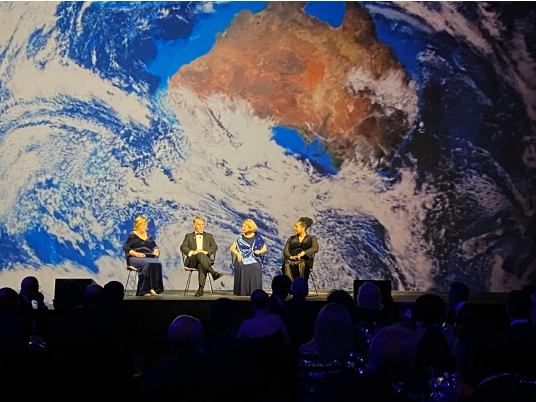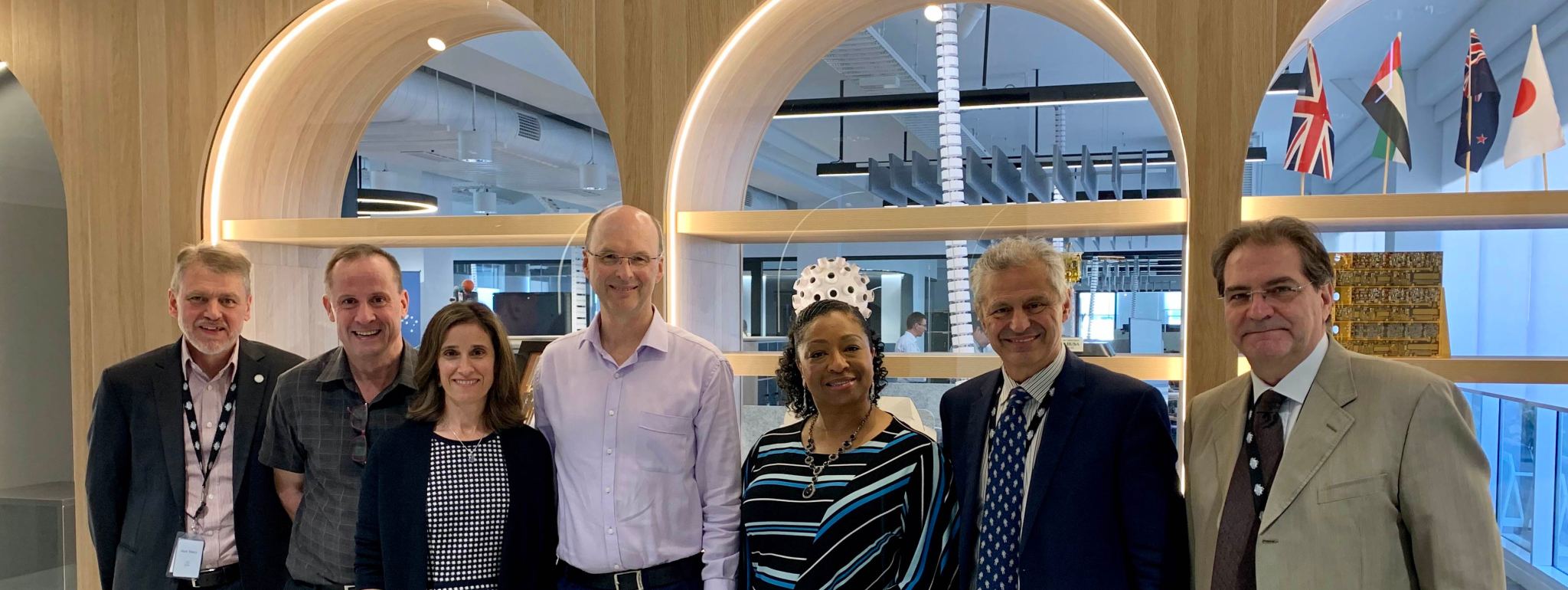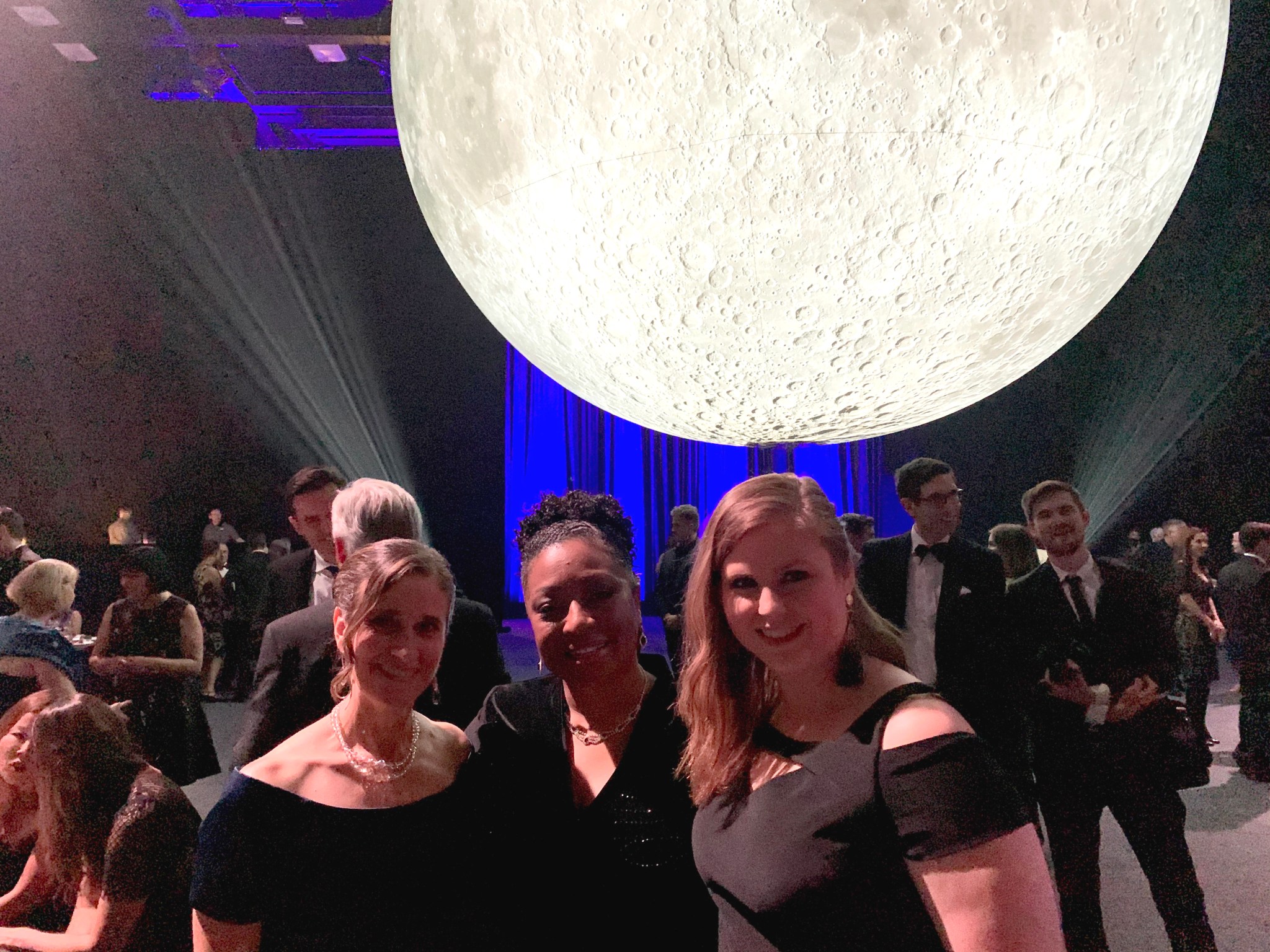NASA’s Search and Rescue office has entered into a collaboration with the SmartSat Cooperative Research Center (CRC), a consortium of universities and other research organizations, partnered with industry and funded by the Australian government. The Search and Rescue office — based at NASA’s Goddard Space Flight Center in Greenbelt, Maryland — will provide SmartSat CRC with NASA expertise to advance distress-related communications and navigation technology benefitting the U.S. and Australia.
“We’re proud to lend the engineering expertise of our Search and Rescue office as SmartSat CRC works on next-generation rescue technologies,” said Goddard Deputy Director for Research and Technology Investments Christyl Johnson. “Goddard is excited about this new partnership and the new capabilities that it will foster.”

For more than 30 years, NASA’s Search and Rescue office has researched and developed technology for Cospas-Sarsat, an international effort to provide satellite-aided distress location data to first responders worldwide. The first phases of their collaboration with SmartSat CRC will involve enhancements to NASA-developed second-generation emergency beacon technology. These beacons improve upon existing beacon technology, offering significantly increased accuracy and a host of other benefits to users globally.
Specifically, SmartSat CRC will propose new designs for the 406 MHz signal sent by beacons through the Cospas-Sarsat network. These new designs will further modernize second-generation beacons, which take advantage of encoding techniques not available when the Cospas-Sarsat network was developed in the 1970s. SmartSat CRC will also work on systems that offer enhanced services to users, emergency management professionals and first responders.
“SmartSat CRC’s research could result in enormous benefits to the global search and rescue effort,” said NASA Search and Rescue Mission Manager Lisa Mazzuca. “This collaboration has the chance to further revolutionize beacon technology and may pursue bold future augmentations of the search and rescue network.”

Future phases of the SmartSat CRC collaboration could support exploration initiatives like the Artemis missions, which will return humans to the Moon for the first time since Apollo. NASA will equip Artemis astronauts with second-generation beacons for use if needed for egress from capsule after splashdown or a launch abort scenario. The Search and Rescue team is working to extend beacon services to the lunar surface with the LunaNet communications and navigation architecture.
“This collaboration opens the door to a lot of possibilities for the Australian space community,” said SmartSat CRC CEO and Managing Director Andy Koronios. “We are delighted to be partnering with Goddard’s Search and Rescue office; This partnership begins our relationship with NASA, joining their push towards the Moon and beyond.”
NASA embraces partnerships to empower the agency’s missions while passing the benefits of space science and technology to everyone on Earth. This collaboration with SmartSat CRC is one example of the innovations that result from exploring together.
The Search and Rescue office receives strategic oversight and funding from NASA’s Space Communications and Navigation (SCaN) program office at NASA Headquarters in Washington.
Banner image: File photo of a Coast Guard rescue swimmer from Air Station Atlantic City preparing to enter the water off of Atlantic City, New Jersey, during a water rescue training exercise Sept. 28, 2006. Credit: U.S. Coast Guard photo by PAC Tom Sperduto





























